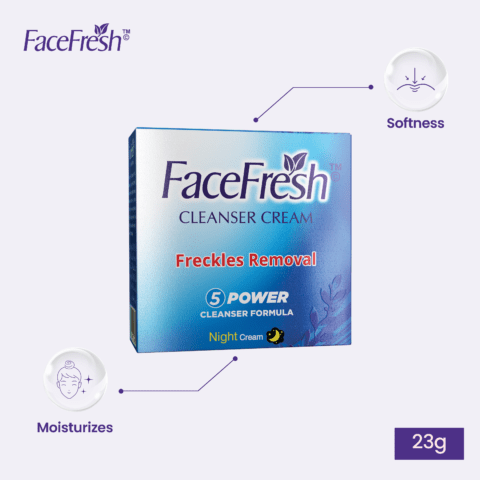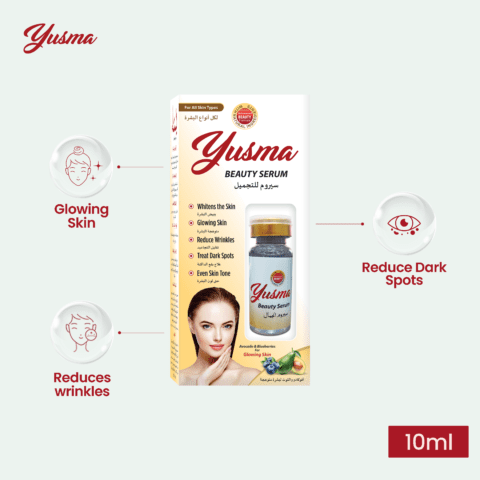Introduction
Sun protection is essential to safeguard our skin from the harmful effects of the sun’s ultraviolet (UV) rays. One of the popular methods for sun protection is the use of sunscreen. SPF 50 is a commonly available sunscreen with high sun protection capabilities. In this article, we will explore how SPF 50 offers effective sun protection and discuss important considerations when using it.
Understanding SPF
SPF stands for Sun Protection Factor. It is a measure of a sunscreen’s ability to protect the skin from UVB rays, which are responsible for causing sunburns. The number associated with SPF indicates the level of protection provided. SPF 50 signifies that the sunscreen can filter out approximately 98% of the UVB rays, allowing only 2% to reach the skin.
How SPF Works
Sunscreen products contain active ingredients that act as filters to absorb or reflect UV rays. SPF 50 sunscreen is formulated with a higher concentration of these active ingredients, enabling it to offer greater protection against UVB rays. It forms a protective layer on the skin, reducing the penetration of harmful rays and minimizing the risk of sunburns.
Benefits of SPF 50
- High Protection: SPF 50 provides a high level of sun protection, significantly reducing the risk of sunburns and long-term skin damage.
- Extended Protection: SPF 50 sunscreen offers longer-lasting protection, allowing you to stay outdoors for a longer period without reapplying frequently.
- Versatility: SPF 50 is suitable for various skin types and can be used in different weather conditions, making it a versatile choice for sun protection.
- Reduced UV Damage: By effectively blocking UVB rays, SPF 50 helps prevent premature aging, dark spots, and skin cancer caused by sun exposure.
Is SPF 50 Sufficient?
While SPF 50 offers excellent sun protection, it is important to note that no sunscreen provides 100% protection. Even with SPF 50, a small percentage of UVB rays can still reach the skin. Therefore, it is crucial to follow additional sun protection measures for comprehensive coverage.
Factors to Consider
When relying on SPF 50 for sun protection, consider the following factors:
- Sun Intensity: SPF 50 is suitable for high sun intensity, such as during summer or in regions with strong UV radiation. In moderate or low sun conditions, a lower SPF may suffice.
- Skin Sensitivity: Individuals with fair or sensitive skin may benefit from the extra protection offered by SPF 50. However, always consider personal skin type and consult with a dermatologist if needed.
- Outdoor Activities: If engaging in prolonged outdoor activities, especially in water or while sweating, reapplication of SPF 50 sunscreen becomes crucial.
Additional Sun Protection Measures
To complement the effectiveness of SPF 50, incorporate these practices:
- Seek Shade: Limit sun exposure during peak hours (10 am to 4 pm) when the sun’s rays are the strongest.
- Wear Protective Clothing: Cover exposed skin with hats, long sleeves, and pants to reduce direct exposure.
- Sunglasses: Protect your eyes from harmful UV rays by wearing sunglasses with UV protection.
- Sun-Protective Accessories: Use umbrellas, sunshades, or canopies for extra shade in outdoor settings.
Choosing the Right SPF
Selecting the appropriate SPF depends on various factors, such as skin type, sun intensity, and planned activities. For fair or sensitive skin, SPF 50 is recommended, while individuals with darker skin tones or lower sun intensity may find lower SPFs effective.
Application Tips
To ensure effective application of SPF 50 sunscreen:
- Clean Skin: Apply sunscreen on clean and dry skin before sun exposure.
- Generous Amount: Use an adequate amount of sunscreen to cover all exposed areas, including the face, neck, arms, and legs.
- Even Distribution: Apply sunscreen evenly and rub it in gently until fully absorbed.
- Don’t Forget Vulnerable Areas: Pay attention to commonly overlooked areas like ears, lips, back of the neck, and tops of feet.
Reapplication Guidelines
To maintain sun protection throughout the day:
- Frequency: Reapply SPF 50 sunscreen every two hours, or more frequently if swimming or sweating excessively.
- Product Integrity: Check the expiration date of sunscreen and replace if expired.
- Post-Towel Drying: Reapply sunscreen after towel drying to ensure continued protection.
Myths about SPF 50
- Myth: Higher SPF means double the protection.
- Fact: SPF ratings are not linear; SPF 50 does not provide twice the protection of SPF 25. The difference is minimal.
- Myth: SPF 50 provides all-day protection.
- Fact: Sunscreen should be reapplied regardless of the SPF level, especially after swimming or excessive sweating.
- Myth: Using SPF 50 allows spending unlimited time in the sun.
- Fact: Sunscreen is not a license for unlimited sun exposure. It is important to practice sun safety measures and limit direct exposure.
Conclusion
SPF 50 offers significant sun protection by blocking approximately 98% of UVB rays. It is a versatile choice for various skin types and weather conditions. However, it is crucial to understand that no sunscreen provides complete protection, and additional sun safety measures should be followed for comprehensive coverage.




Leave a comment
Your email address will not be published. Required fields are marked *